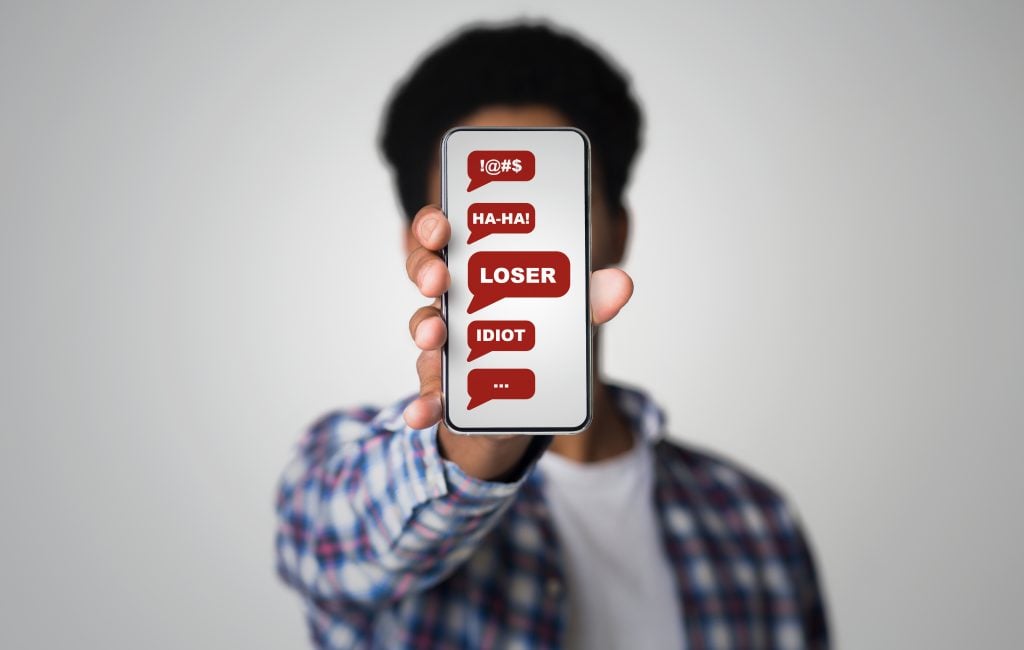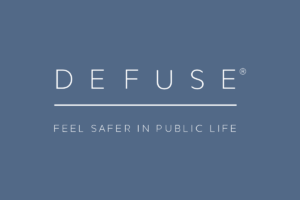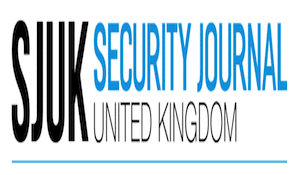I have been quite open about my criticism of the strategy by the football authorities to tackle social media. I have had the privilege to discuss the strategy with several senior figures in football and am aware of and applaud the efforts involved.
My rationale for believing the strategy is flawed is based on extensive experience of tackling online and real-world abuse, threats and intimidation directed at public figures. When Jo Cox MP was murdered, I was the person brought in and tasked with tackling the abuse directed at UK MPs. During the period of significant hostility during the Brexit campaign, I witnessed the failed Parliamentary strategy of hostility directed at the social media platforms, attempts at relying on technological solutions and subsequently identified a working strategy.
With regards to the widespread media of footballers being abused, there has been numerous well-intentioned tactics, however despite the power of PR campaigns led by the BBC and Sky, the abuse continues, and lessons are not being learned.
Introducing The SPACE Strategy
1. Support
The impact of being targeted by online and social media abuse, threats and intimidation can be wide ranging. If the abuse goes on long enough, everyone has a tipping point. Once that threshold has been crossed, it is common to see the recipient’s mental health deteriorate with episodes of paranoia and hypervigilance apparent. With that comes a deterioration in performance, a critical factor for any professional athlete. Too often I have heard ‘we are not seeing that being reported to us’. That was exactly what was said in Parliament before Jo Cox MP was killed.
Professional sport is by its very nature highly competitive, and vulnerabilities are often perceived as weaknesses. Having spoken to several professional athletes on this subject, I am only too aware that the problem is under reported.
To counter this, proper psychological support must be available and quickly.
Secondly, a security review of the recipient is advised. This should include both a review of any physical security arrangements as well as a full digital vulnerability assessment to identify any private information publicly available. It is vital that that athlete and their immediate family feel safe.
2. Partnerships
Like most strategies, a partnership approach is advisable. The harm caused from online and social media abuse, threats and intimidation cannot be tackled in isolation, nor is it progressed by appointing blame. Rather than blame social media, they must be seen as part of the solution rather than the problem. The solution must also respect the fact that they are global businesses whose purpose is to make money. Any solution must include representatives from the social media platforms, the sporting governing bodies, the TV and media outlets, law enforcement and those with relevant expertise.
In Parliament, we developed positive relationships with the social media platforms and Crown Prosecutors. Because of that we created processes that enabled a fast time response to posts that were concerning. The relationship we built then, remains in place today.
This partnership must form something akin to a ‘Mastermind Group’ tasked with meeting regularly with the purpose of collectively solving the problem with the mutual benefit to all.
3. Actions
The strategy must be action oriented rather than just a series of celebrity led PR campaigns. The reason for this is that to tackle online and social media abuse, threats, and intimidation, you must understand the psychology of those involved. They will not be inspired by seeing such PR campaigns.
The strategy must consider the risks involved in online and social media
abuse, threats, and intimidation. The strategy of ‘blocking’ should be avoided. The reason for this is that online and social media abuse, threats and intimidation escalate and can quickly become more threatening and potentially dangerous.
Online and social media abuse, threats and intimidation are not cybercrimes, they are behavioural crimes. Such threats are usually started by some form of grievance and can then travel along what is termed the ‘Pathway to Violence’. Blocking communications risks evidence of escalation being missed. It is important that behavioural and linguistic indicators must be available to be identified. Blocking prevents this.
There must be a form of triaging when assessing online and social media abuse, threats and intimidation, but the key aspect to this is speed of response. Any investigation must seek to identify those responsible. This is key to ensure that prosecutions can be considered, intelligence assessed, and consequences can be actioned.
This function should be conducted by a Single Point of Contact who increasingly become experts. A coordinated response centre is required, and properly funded. The more options and layers involved in the reporting of abuse, the less likely those impacted will report and the slower the process becomes. Equally, social media platforms prefer not to be bombarded by multiple sources.
Speed is key to ensure capture of evidence and identify of the culprits. Given time, culprits will delete their posts and profiles, and with many platforms once that has been done, the evidence is lost for good.
4. Consequences
This is the key to success. Any strategy to tackle online and social media abuse, threats and intimidation must include meaningful and immediate consequences. Fines and punishment issued 6 months after an incident do nothing to deter those accused, nor those who will become involved.
A radical and joined up approach is required, and this is where the partnership comes in.
Those identified as having communicated online and social media abuse, threats and intimidation should immediately be considered for:
• Ban from all sporting events (not just football bans).
• Have any sporting subscriptions (BT Sport, Sky sports etc) suspended.
• Increased subscriptions to Satellite TV access.
• Internet use and access suspended (including mobile phone access) and subsequent subscriptions increased.
• Details retained on a national register and made available for disclosure to ‘notifiable occupations’
There are obvious challenges with these consequences, however, rather than focus on those, consideration should be given to existing protocols such as Road traffic Legislation (driving bans) Insurance industry policies and existing policies by Satellite TV and ISPs being enacted.
5. Educational
To tackle this properly, behavioural changes are required. Only by education can this be achieved.
• Educating athletes how to identify signs of worrying behaviour escalating is important to enable them to quickly recognise which threats are genuine and which are noise.
• Educating sporting bodies and clubs of the true impact of such abuse enhances their duty of care, ability to help those impacted and ensure performance is maintained.
• Educating those who seek to post harmful messages of the impact and the consequences is key to act as a deterrent.
This strategy is imperfect, but it is based on the experience of having spent years tackling such abuse.
for further information please contact [email protected]



